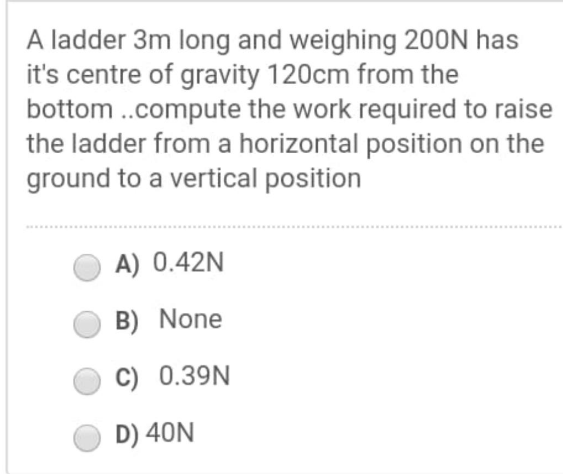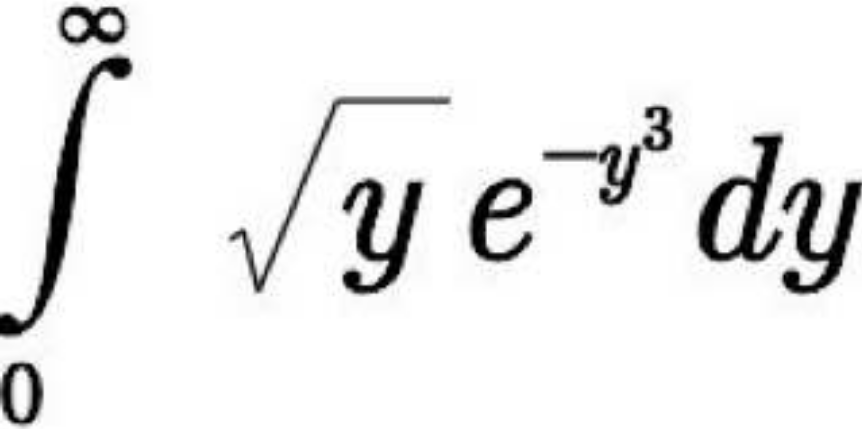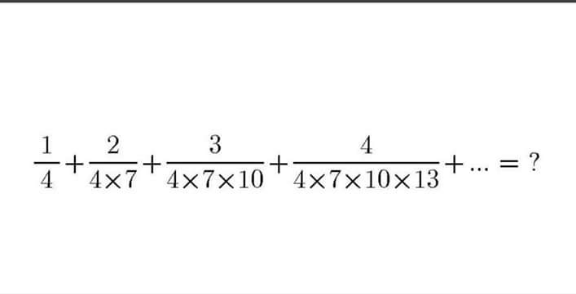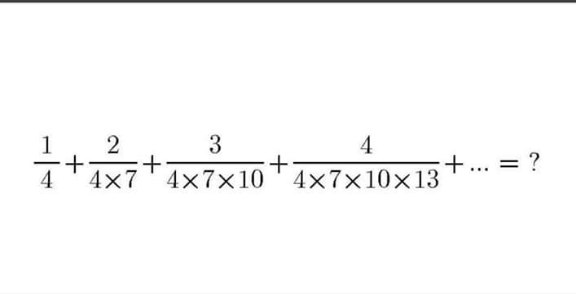
AllQuestion and Answers: Page 1109
Question Number 107157 Answers: 0 Comments: 0

Question Number 107155 Answers: 2 Comments: 0

Question Number 107153 Answers: 1 Comments: 0
Question Number 107151 Answers: 0 Comments: 0
Question Number 107147 Answers: 0 Comments: 0
Question Number 107144 Answers: 1 Comments: 0
Question Number 107141 Answers: 0 Comments: 0
Question Number 107133 Answers: 0 Comments: 0

Question Number 107124 Answers: 2 Comments: 0

Question Number 107123 Answers: 0 Comments: 0

Question Number 107122 Answers: 1 Comments: 0

Question Number 107121 Answers: 0 Comments: 0

Question Number 107117 Answers: 2 Comments: 0

Question Number 107113 Answers: 0 Comments: 0

Question Number 107108 Answers: 1 Comments: 3
$$\mathrm{y}''+\mathrm{y}=\frac{\mathrm{1}}{\mathrm{cosx}} \\ $$
Question Number 107107 Answers: 1 Comments: 2

Question Number 107105 Answers: 1 Comments: 0

Question Number 107102 Answers: 0 Comments: 0

Question Number 107101 Answers: 0 Comments: 0
Question Number 107092 Answers: 1 Comments: 2

Question Number 107088 Answers: 3 Comments: 1

Question Number 107080 Answers: 1 Comments: 0

Question Number 107073 Answers: 0 Comments: 0

Question Number 107071 Answers: 0 Comments: 0

Question Number 107069 Answers: 2 Comments: 0

Question Number 107065 Answers: 1 Comments: 0
Pg 1104 Pg 1105 Pg 1106 Pg 1107 Pg 1108 Pg 1109 Pg 1110 Pg 1111 Pg 1112 Pg 1113
